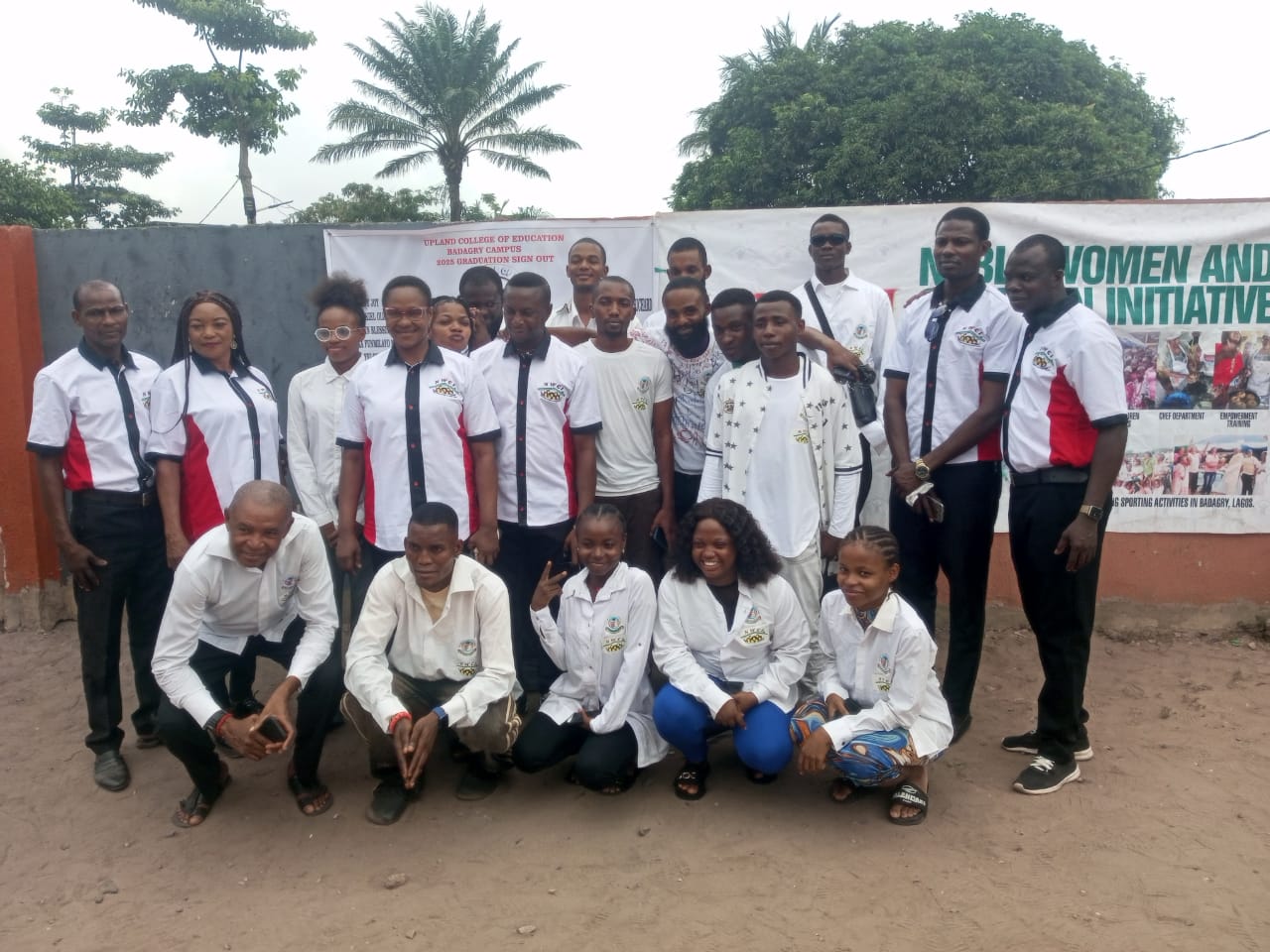The Federal Government of Nigeria has officially put up for sale one of its presidential aircraft, a Boeing 737‑700 Business Jet (BBJ), which was acquired in 2005 during the administration of former President Olusegun Obasanjo. The aircraft, which served Nigerian presidents for nearly two decades, has been listed for sale through AMAC Aerospace, a private aviation company based in Basel, Switzerland.
The listing comes just months after the administration of President Bola Ahmed Tinubu introduced a newer, refurbished Airbus A330-200 into the presidential fleet, replacing the aging BBJ that had increasingly become costly to maintain and operate.
Background and Reason for the Sale
The BBJ, with tail number 5N-FGT, was purchased in 2005 at a cost of $43 million. It served as the primary presidential aircraft under successive governments until August 2024 when the Tinubu administration officially transitioned to the newer Airbus jet.
Presidency sources explained that the decision to retire and sell the BBJ was largely due to rising maintenance costs and mechanical concerns. The aircraft, which had been in service for over 19 years, suffered a mechanical fault during a trip to Saudi Arabia in April 2024, raising concerns about its continued airworthiness.
Although the BBJ underwent partial refurbishment in July 2024 — including upgrades to its first-class seating, new carpeting across 90% of the cabin, and C1-C2 inspections — officials concluded that it was no longer cost-effective to keep it in service.
According to aviation experts, the aircraft’s engines, two CFM56-7BE units, are currently not enrolled in any engine maintenance program and are operating on an “on-condition” basis, meaning they are serviced only as problems arise, rather than through a guaranteed performance plan. This further added to the decision to dispose of the aircraft.
Aircraft Configuration and Features
The Boeing Business Jet (BBJ) is designed to carry up to 33 passengers and eight crew members. It offers a luxurious five-zone seating layout. The first zone serves as a rest area for crew members, equipped with two crew seats and two cabin attendant seats.
The second zone features a VIP stateroom, which includes a comfortable bed, a two-place divan, and a private lavatory for added convenience. In the third zone, there is a VIP lounge arranged as a four-seat conference room—ideal for onboard meetings or private discussions.
Zone four contains nine forward-facing first-class seats, offering premium comfort. The fifth and final zone provides 18 business-class seats, also forward-facing, catering to additional passengers in a high-end setting.
Among the aircraft’s key amenities are Ka-Band Wi-Fi powered by Honeywell’s MCS-7000 system, multiple flat-screen monitors located in the VIP suite, first-class, and business-class cabins, and four enclosed lavatories to serve passengers and crew. The jet is also equipped with full-service galleys located at both the front and rear of the plane. These galleys feature steam ovens, microwaves, warming drawers, chilled compartments, and storage areas for inflight catering.
Notably, the aircraft still carries its original paint scheme from 2005. The design consists of a white base complemented by green highlights, symbolizing the national colours of Nigeria.
Technical Capabilities and Avionics
The BBJ is built for long-range intercontinental travel. It is fitted with eight auxiliary fuel tanks that boost its total fuel capacity to 70,000 pounds. This figure includes standard fuel tanks with a capacity of 45,000 pounds, along with auxiliary tanks located in the left and right wings, centre section, and forward and aft areas of the aircraft.
On the technical side, the jet is equipped with an advanced avionics suite. It includes communication and navigation systems by Rockwell Collins, a terrain awareness system (EGPWS) by Honeywell, and a Flight Management System from Smith Industries. The safety package is enhanced by an Emergency Locator Transmitter (ELT) by Artex.
The BBJ meets all current global aviation safety standards, including ADS-B (Automatic Dependent Surveillance–Broadcast), CPDLC (Controller–Pilot Data Link Communications), FANS-1/A (Future Air Navigation System), and RVSM (Reduced Vertical Separation Minimum).
Ongoing maintenance and technical records are tracked using the Veyron system. As of now, the aircraft is undergoing B1-B2 inspections at the facilities of AMAC Aerospace in Basel, Switzerland.
Sale and New Aircraft Details
While the asking price for the BBJ has not been publicly disclosed, interested buyers have been directed to contact AMAC Aerospace for further negotiations. The decision to sell the aircraft is part of a broader plan to streamline the Presidential Air Fleet (PAF) and cut down operational costs.
The Nigerian presidential air fleet is managed by the Nigerian Air Force, under the oversight of the Office of the National Security Adviser. The fleet currently consists of about 10 aircraft, which include two Gulfstream jets (G550 and G500), two Falcon 7X aircraft, a Hawker 4000, and a Challenger 605. The rotary-wing section comprises two Agusta 139 helicopters and two Agusta 101s.
The BBJ, which served as Nigeria’s main presidential aircraft for many years, is now being replaced by a newer Airbus A330-200. This newly refurbished jet, acquired in 2024 at a cost of approximately $100 million, is expected to assume full operational duties once its body design and internal configurations are fully completed abroad.
PresidentialJetSale #FGAircraftListing #NigeriaPresidentialJet #Boeing737ForSale #ObasanjoEraJet #JetSaleInSwitzerland







